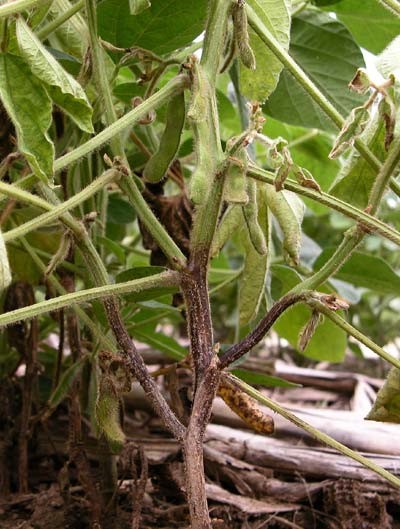Phytophthora Root Rot Alert Ohio
posted by Doug Goodman on Friday, July 14, 2017
Brad Miller recently identified some severe phytophthora root rot symptoms in Van Wert County, Ohio. As was the case in 2016 when Dave Denby identified the same disease near Bloomington, Illinois, once again, excessive rainfall has created saturated soils. “As temperatures rise, the disease can become very aggressive. Soybean varieties possess varying degrees of tolerance and different resistant genes may not hold up under specific races.” - Brad Miller.
“Key Factors:” Are listed near the end of this Blog.
If you detect damage please contact Brad, Dave or myself. We can discuss strategies to manage this issue in 2018 and subsequent years.
.jpg)
Posted by Doug Goodman on Tuesday, August 30, 2016

2016: This past Friday, Dave Denby took phytophthora root rot notes near Bloomington, Illinois. This is a highly unusual occurrence and could repeat itself across the Midwest due to heavy rainfall, saturated soils, and elevated soil temperatures. Currently, the National Weather Service is indicating high winds, scattered hail and substantial flash flooding across a huge section of the Corn Belt.
Key Factors:
- Saturated soils (Especially in low lying areas where water accumulates).
- Elevated soil temperatures (Phytophthora can hit at any soil temperature, and becomes most damaging as temperatures rise).
- The absence of a Gene for specific race resistance.
- Phytophthora tolerance is not directly linked to the presence of a specific gene. Varieties with average, or weak, phytophthora root rot tolerance are at risk.
- Ultimately, soybean plants without adequate phytophthora root rot protection will eventually wilt and die, having a direct impact on final yield.
comments powered by